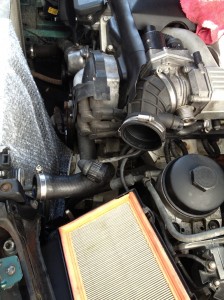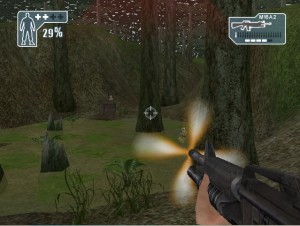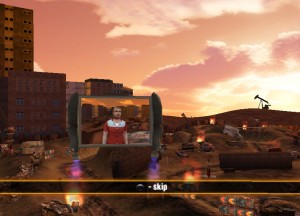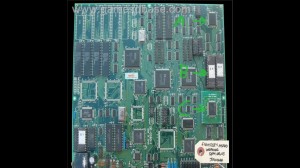E31 M70 Alternator Replacement
Replacing the alternator on a V12 – this sounds a bit daunting, but is actually a fairly simple job! The main advice I want to give though is DO NOT listen to the official service manual. It has all sorts of steps that I found to be completely unnecessary, such as fully disconnecting the oil filter assembly (why??), the underside splash guard or installing the alternator without the pulley and then attaching the pulley in-place (surely you have hardly any room to work with that method). Therefore I expect the official dealer ‘book time’ for this job could be fairly expensive.
I done this job working purely from the top of the car never had to do anything from underneath, except maybe push the plastic cooling tube back on when re-assembling.
Basically just strip down parts for access:
Fan (don’t need a special tool to remove it – a wedged 7mm spanner on the small nuts will prevent it turning whilst you turn the 32mm spanner on the main nut)
Radiator shroud and expansion bottle – unfortunately you will lose some coolant as I choose to fully remove it rather than just try and wedge it out the way. I put some bubble wrap over the radiator to protect it in case I accidently struck when working on other things.
Right side MAF and air box top as pic.
Disconnect radiator top hose at radiator end – you don’t have to disconnect other end if you don’t want to, there is room just to push it out the way.
You may have to disconnect the transmission oil cooler line (right underneath radiator hose) and right side rotor just to get some wiggle room. Can probably do it without but just gives a bit extra room to work with.
Then detension the belt at the tensioner. At this point you can just undo the bolts on the alt and tensioner. You can then tilt the alt forward to give you room to disconnect the two cables at the back. Then just lift it up and out!
Re-assembly is reverse of above. I also cleaned & filed the electrical ‘spade’ connectors as mine were a bit corroded and double checked the main cable was not shorted at any point (eg, in the metal tube it goes through to get to the jump start point). Mine was just fine.
Replacement alt was only $112 plus $46 core from Autozone (US) – which seems pretty good value. Lifetime warranty. Back to a solid 13.6V with the car running ![]()





























Recent Comments